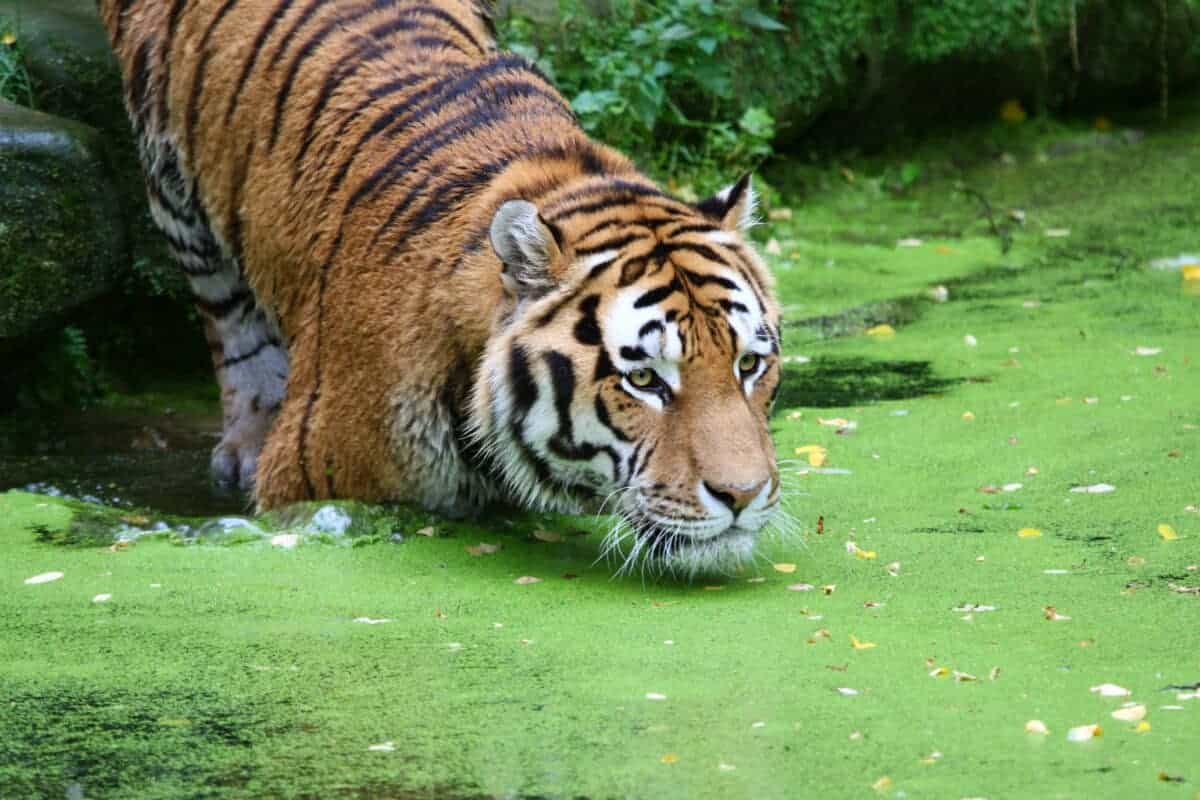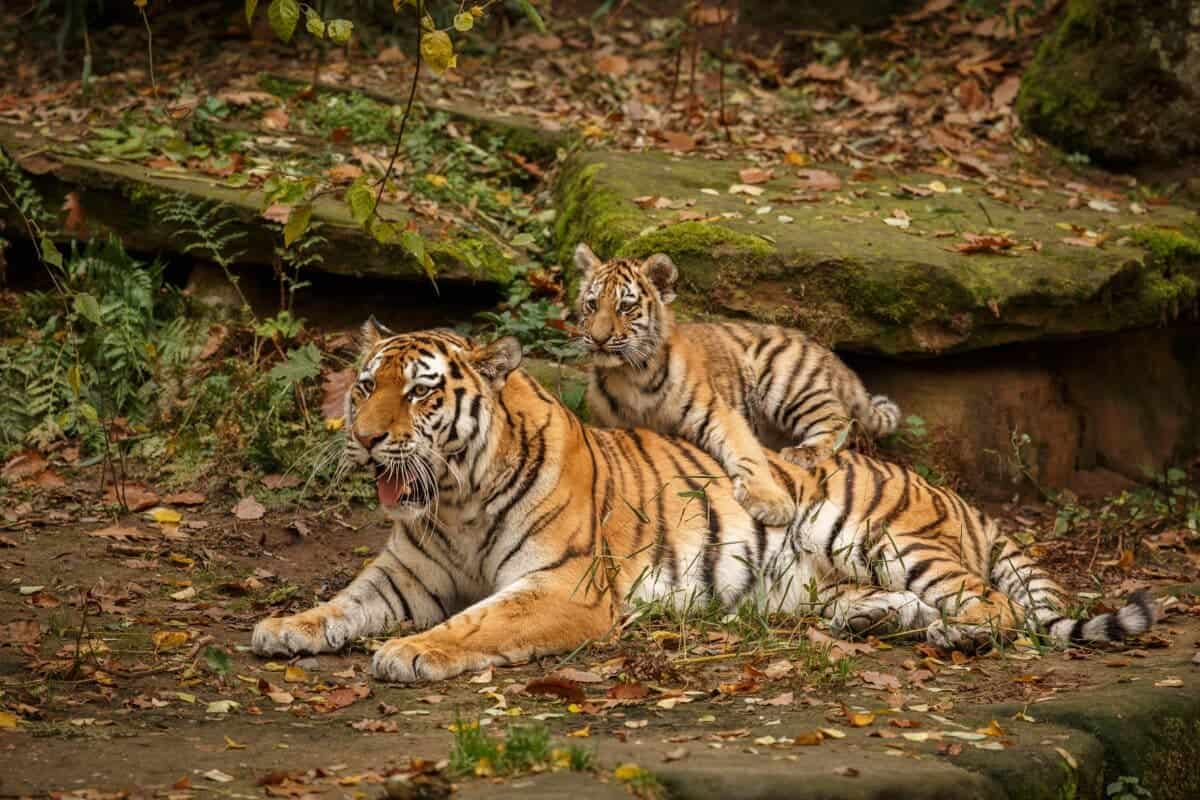India, a land known for its beautiful terrain, bustling culture, and enigmatic wildlife, including some of the rarest animals in the world, is a place where the unique call home. However, within a seven-month span, India lost 146 tigers, 24 of which were cubs. This marks the highest tiger death toll in over a decade. A sour fact for the largest wild cat in the world.

Tiger Population
Alarmingly, there are only 4,500 tigers in the world, and a staggering 75% of them reside in India, solidifying its status as the de facto capital of the species. However, if they continue to lose hundreds of Tigers a year, that could change suddenly.

The loss of so many tigers in such a short period is a grave cause for concern. It not only signifies a significant decline in the tiger population but also threatens the genetic diversity crucial for the long-term survival of the species.
Watch Tiger’s Hunting in India
Conservation Efforts in India
While the recent decline in tiger numbers is concerning, India has a long history of dedication to tiger conservation. The country has implemented several initiatives to protect these magnificent creatures. One of the most significant is the Project Tiger, launched in 1973, which aims to preserve tiger habitats and protect the species from poaching. Under this program, tiger reserves and protected areas have been established, providing a safe haven for these big cats.

In addition to Project Tiger, the Wildlife Protection Act of 1972 is a crucial legal framework that prohibits the hunting of tigers and provides for their protection. This act has been instrumental in curbing poaching and illicit trade in tiger parts.
Where Do They Roam?
India’s diverse landscapes offer an array of habitats for tigers. In the central and eastern regions, the Bengal tiger thrives in dense forests and grasslands. Notable national parks like Kanha, Bandhavgarh, and Pench provide prime habitats for these majestic cats.

The South Indian region is home to the Malayan tiger, which prefers the lush rainforests of the Western and Eastern Ghats. The Western Ghats are rich in biodiversity, and places like Periyar National Park provide an ideal environment for these tigers.
In the western part of India, the Gir Forest in Gujarat is home to the last remaining population of the Asiatic lion, another big cat species. While not tigers, these majestic creatures add to India’s rich biodiversity.
The Sundarbans in West Bengal is a unique area where tigers are known to swim, making it a renowned habitat for this behavior. This mangrove forest, intersected by a complex network of tidal waterways, is a critical habitat for the Bengal tiger and offers a glimpse into their adaptability.
Join our Forum for free today!

- Elderly Man Kills Grizzly Bear in Montana - July 22, 2024
- Missing Cat Found Weeks Later, 40 Miles Away - July 21, 2024
- The Fastest Animal on Earth: So, How Quick Are Cheetahs? - July 21, 2024


